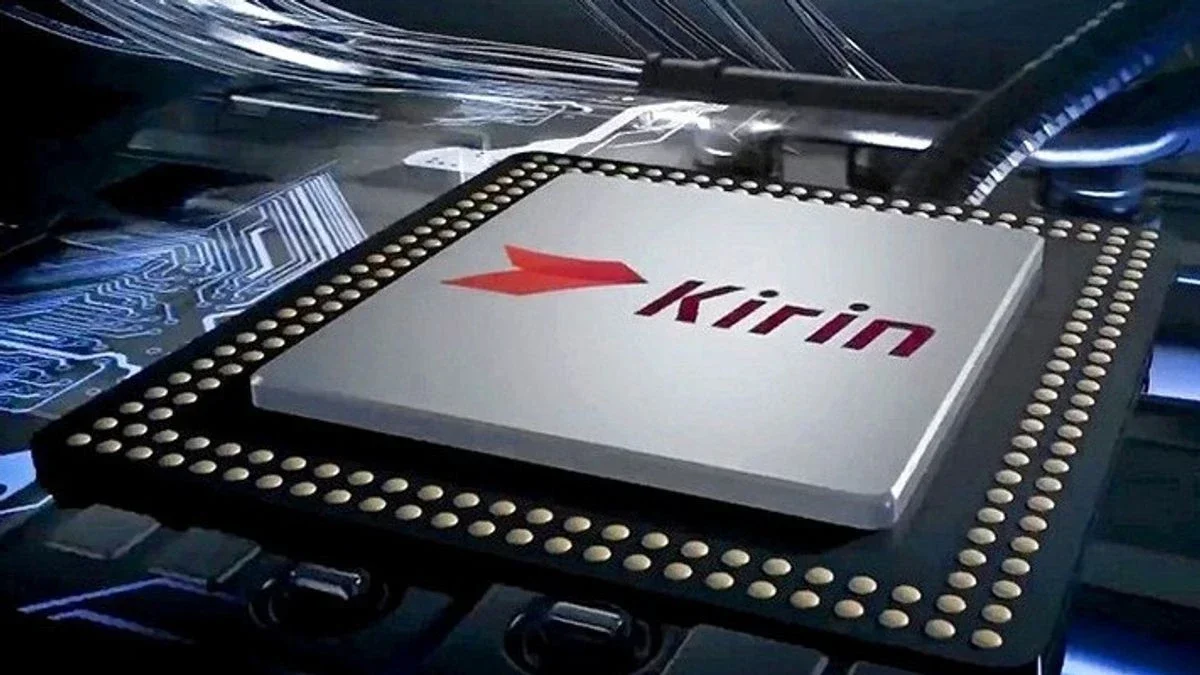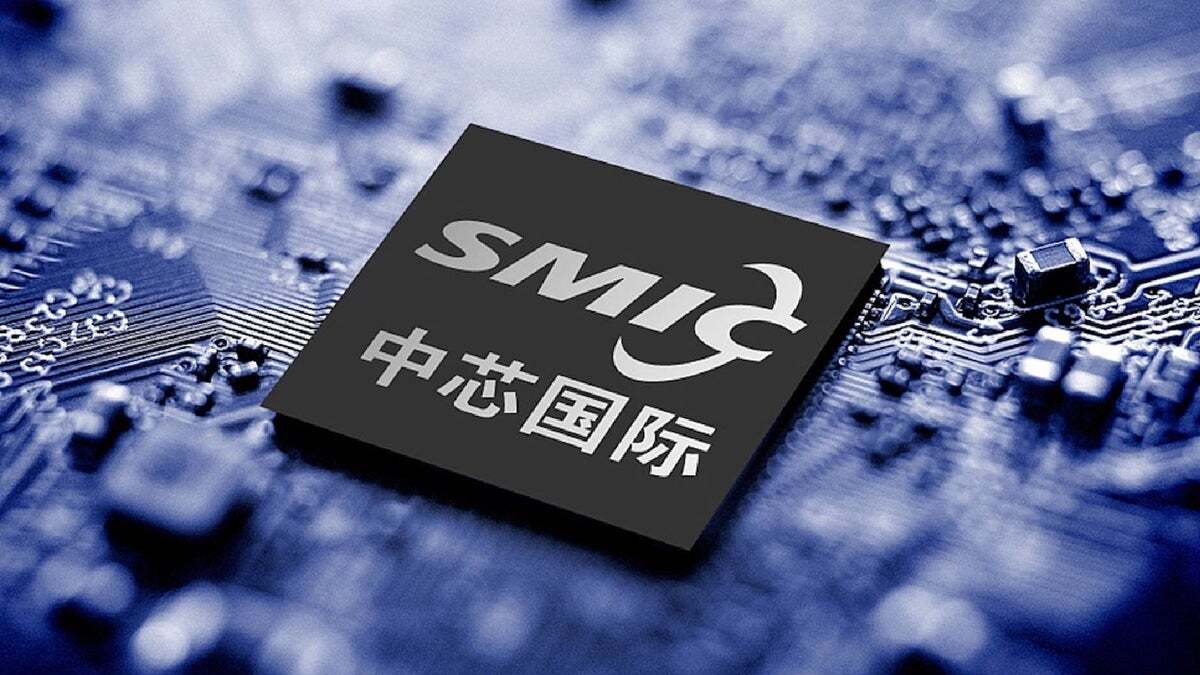In 2020, the U.S. Commerce Department tightened restrictions on Huawei by creating new export rules that prevented the Chinese company from obtaining advanced chips from foundries using American technology.
These measures, along with sanctions against the Dutch firm ASML, which was prohibited from selling its advanced EUV (extreme ultraviolet lithography) machines to China, significantly hindered Huawei’s ability to produce cutting-edge smartphones. As a result, Huawei had to equip its flagship models with older Snapdragon chipsets, which were further limited to 4G capabilities due to the restrictions.
Despite these challenges, China’s largest chip foundry, SMIC, surprised the tech world by developing the 5G-capable Kirin 9000s application processor using a 7nm process.
While this was an impressive achievement, the use of the 7nm node meant SMIC had to work with larger transistors, limiting the number of transistors in the Kirin 9000s compared to more advanced chips like Apple’s 3nm A17 Pro and Qualcomm’s 4nm Snapdragon 8 Gen 3. These chips, used in high-end smartphones, contained significantly more transistors, contributing to their superior performance.

Following the release of Huawei’s Mate 60 series powered by the Kirin 9000s, the U.S. Commerce Department revoked Qualcomm’s license to sell 4G-only chipsets to Huawei, signaling a further tightening of restrictions. The U.S. is also exploring additional sanctions that could impact more than 120 Chinese companies.
Meanwhile, ASML continues to sell less advanced deep ultraviolet (DUV) lithography machines to China, which can produce chips using the 7nm process, but these machines fall short of the capabilities of EUV machines needed for smaller, more powerful chips.
There have been rumors suggesting that SMIC could manufacture 5nm chips using a DUV machine and a technique called multiple impressions, but this process is risky and prone to defects if not precisely aligned, leading to higher costs and lower yields.
While there is speculation about future advancements, the U.S. is closely watching China’s chip production progress, particularly out of concern that advanced chips could be used for military applications. If SMIC manages to produce a 5nm chipset, it could escalate tensions with U.S. lawmakers, who are determined to prevent China from advancing its semiconductor technology.
The U.S. remains determined to prevent Huawei and other Chinese firms from accessing American technology, as outlined in a bipartisan letter from the House China Select Committee. The letter argues that allowing Huawei access to U.S. semiconductor technology would benefit a small number of American companies but at the expense of global chipmakers and U.S. national security.
China, on the other hand, accuses the U.S. of using national security as a pretext to block cooperation, with the U.S.’s true aim being to prevent China from developing advanced chips, particularly for military use.







Leave a Reply